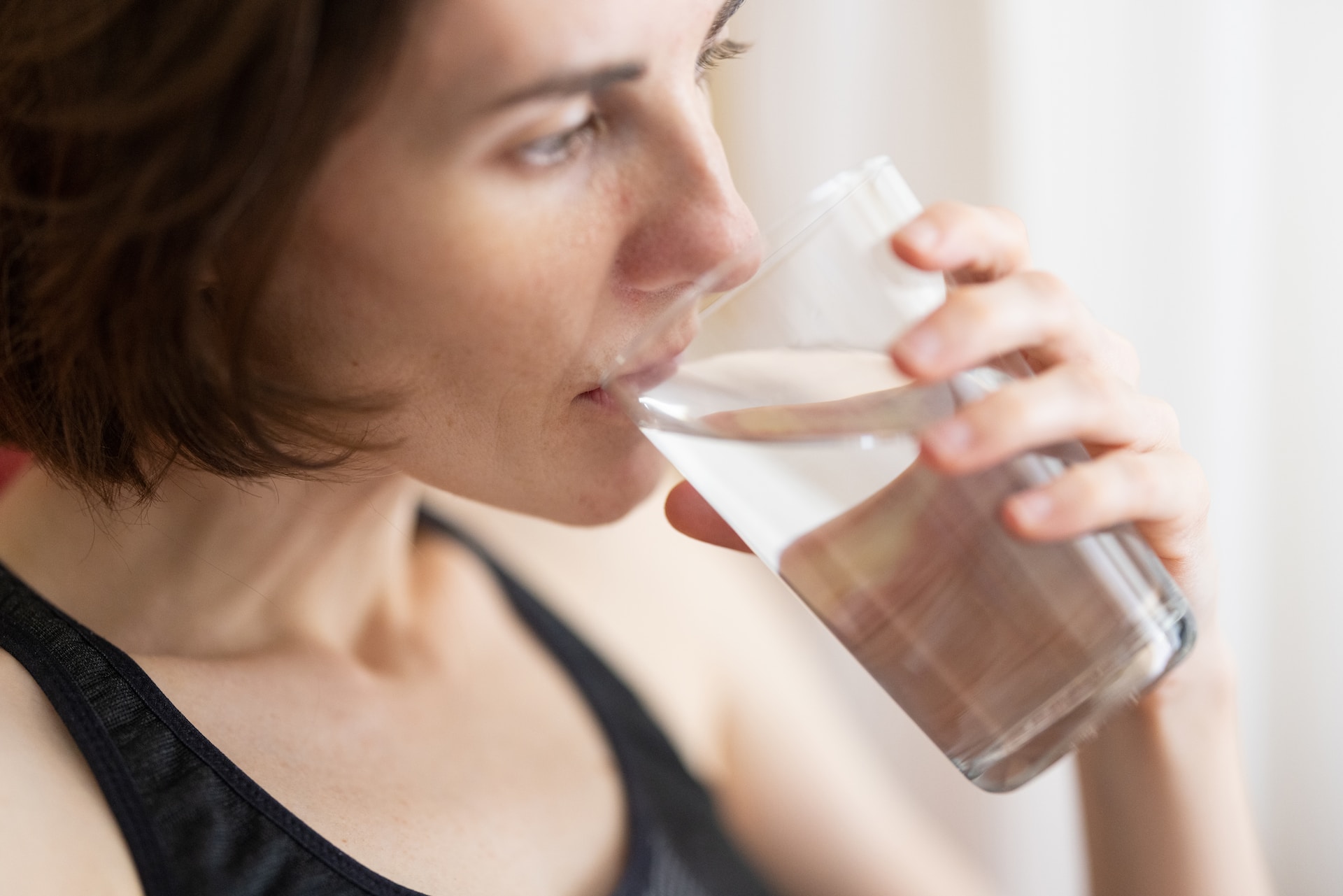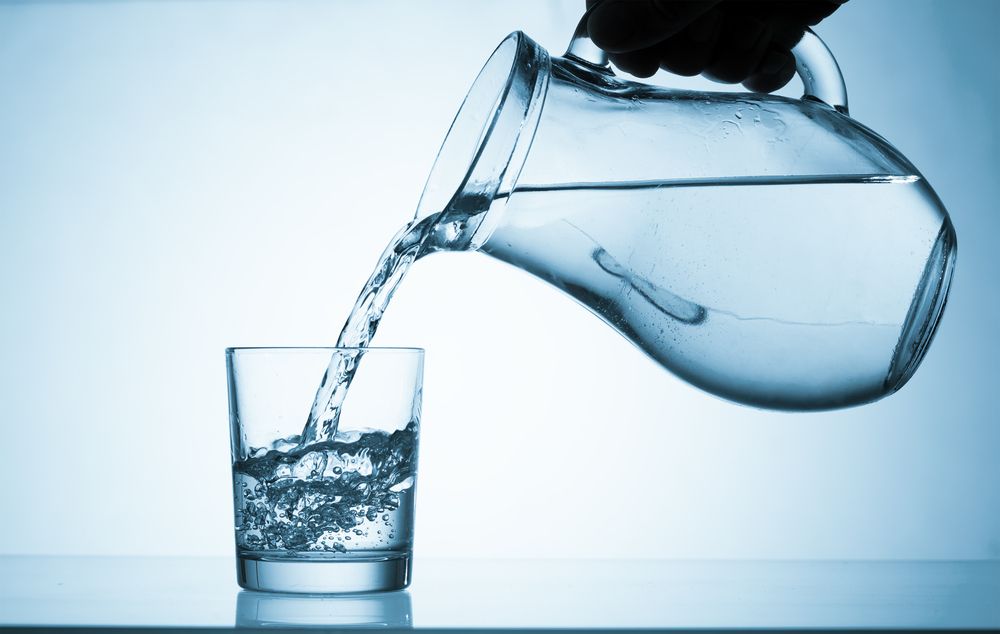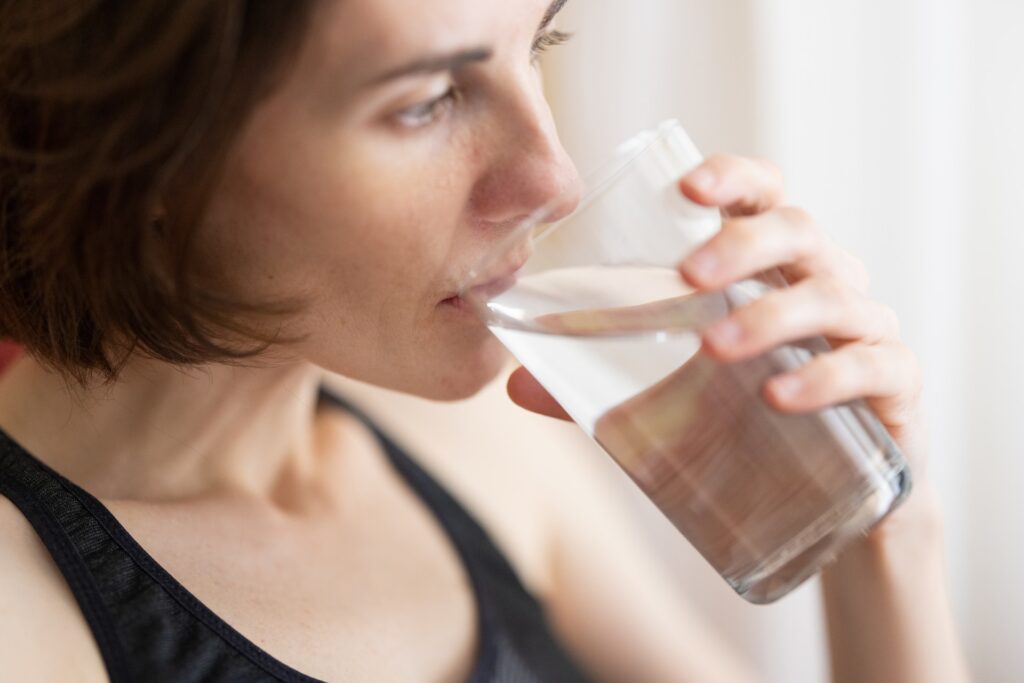When you turn on your tap and fill a glass with water, do you ever wonder about the safety and quality of what you’re about to drink? While concerns about tap water are common, understanding the processes involved in delivering clean, safe water to your home can help you sip with confidence. In this comprehensive guide, we’ll explore the safety and quality of tap water, addressing common questions and concerns along the way.
What Makes Tap Water Safe?
Tap water is a crucial resource that undergoes a rigorous process to ensure its safety for consumption. This process involves several key elements, including the source of the water, water treatment methods, disinfection, and adherence to regulatory standards. Here is a more detailed explanation of these components:
- Water Source:
- The journey of tap water typically begins at a natural water source, which can be a lake, river, reservoir, or underground aquifer. These sources can vary in quality, and the water may contain impurities and contaminants that need to be removed to make it safe for consumption.
- Coagulation and Flocculation:
- The first step in water treatment involves adding specific chemicals, such as alum or ferric sulfate, to the raw water. These chemicals cause impurities, such as suspended particles and organic matter, to coagulate, or clump together, forming larger particles. This process is known as coagulation.
- After coagulation, a process called flocculation is employed. During flocculation, gentle mixing encourages the coagulated particles to come together and form even larger flocs. These flocs are easier to remove in subsequent treatment steps.
- Sedimentation:
- Following coagulation and flocculation, the water is allowed to sit undisturbed in a sedimentation basin. This settling period allows the larger particles and flocs to gradually sink to the bottom of the basin due to gravity. The result is clarified water with fewer suspended impurities.
- Filtration:
- To further purify the water, it is passed through various types of filters, typically made of sand, gravel, and activated carbon. These filters physically trap remaining fine particles, microorganisms, and other impurities, ensuring that the water becomes clear and free of visible contaminants.
- Disinfection:
- After filtration, the water is treated with disinfectants like chlorine or chloramines. These chemicals are added to destroy or inactivate any remaining bacteria, viruses, and parasites that may be present in the water. Disinfection is a critical step to ensure that the water is safe for consumption.
- Fluoridation:
- In many places, fluoride is added to the treated water to improve dental health. This practice, known as water fluoridation, involves adjusting the fluoride concentration to a level that promotes dental hygiene without causing adverse health effects.
- Regulatory Standards:
- Water quality and safety are closely monitored and regulated to protect public health. In the United States, the Environmental Protection Agency (EPA) is responsible for setting and enforcing standards for drinking water quality under the Safe Drinking Water Act. These standards define the allowable levels of various contaminants, including heavy metals, organic chemicals, and microorganisms. Compliance with these standards ensures that tap water is safe for consumption.
Understanding Water Quality:
Water quality is a critical aspect of ensuring safe and reliable drinking water. It involves assessing the presence and concentration of various contaminants that can impact the suitability of water for consumption. Here’s a more detailed explanation of common water contaminants, testing, and monitoring:
- Common Water Contaminants:
a. Microorganisms:- Microorganisms such as bacteria, viruses, and parasites are a significant concern in water quality. These pathogens can lead to waterborne illnesses when ingested and are often responsible for outbreaks of diseases like cholera and norovirus.
- b. Inorganic Chemicals:
- Inorganic chemicals include substances like arsenic, lead, and nitrates. These contaminants can find their way into water from natural sources or human activities. For example, lead can leach into the water from aging plumbing systems, posing serious health risks.
- c. Organic Chemicals:
- Organic chemicals encompass a wide range of compounds, including pesticides, solvents, and industrial chemicals. These contaminants can enter water sources through runoff, industrial discharges, or leakage from underground storage tanks.
- d. Radiological Contaminants:
- Radiological contaminants include elements like uranium and radon, which can occur naturally in certain geological formations. High levels of exposure to these substances can have adverse health effects, including an increased risk of cancer.
- Testing and Monitoring:
- To ensure the safety of drinking water, regular testing and monitoring of water quality are essential. Water utilities and regulatory agencies are responsible for conducting these tests and maintaining the integrity of the water supply. Here’s how the process works:
- a. Rigorous Testing:
- Water utilities perform rigorous testing for a wide range of contaminants. Sampling is done at various points in the water treatment and distribution system, as well as in the source water itself.
- Specific tests are conducted for microorganisms, inorganic chemicals, organic chemicals, and radiological contaminants. The methods and frequencies of testing are defined by regulatory agencies and may vary depending on the size and source of the water supply.
- b. Consumer Confidence Reports:
- As part of the Safe Drinking Water Act requirements in the United States, water utilities are obligated to provide consumers with an annual Consumer Confidence Report (CCR). This report outlines the results of water quality testing and provides information about the safety and compliance of the local water supply.
- The CCR is a valuable resource for consumers to understand the quality of their tap water, including any detected contaminants and whether they meet regulatory standards.
Water Treatment and Purification:
Water treatment and purification are essential processes to ensure that water is safe for consumption. These processes involve various steps, including filtration and disinfection, to remove impurities and microorganisms. Here’s a more detailed explanation of these two critical components:
- Filtration:
- Filtration is a fundamental step in water treatment that plays a crucial role in improving water quality. It involves the use of different materials, such as sand, activated carbon, and membranes, to remove impurities from the water. Here’s how it works:
- a. Sand Filtration:
- Sand filtration is a common method used in water treatment. Water passes through layers of sand, which physically trap and remove larger particles and suspended matter. This process helps clarify the water and remove visible contaminants.
- b. Activated Carbon Filtration:
- Activated carbon filters are effective in adsorbing organic compounds, chlorine, and some chemical contaminants. This helps improve the taste and odor of water and removes certain harmful substances.
- c. Membrane Filtration:
- Membrane filtration, such as reverse osmosis and ultrafiltration, uses semi-permeable membranes with tiny pores to remove even smaller particles, microorganisms, and dissolved substances. These processes are highly effective in producing extremely pure water.
- d. Home Filtration Systems:
- Home filtration systems are available for individuals who want to further improve the taste and quality of their tap water. These systems can be installed under the sink or attached to faucets, providing an additional layer of filtration within the home.
- Disinfection:
- Disinfection is a critical step in water treatment and purification, especially for safeguarding public health. Common disinfection methods involve the use of chemicals like chlorine. Here’s how disinfection works:
- a. Chlorination:
- Chlorine is one of the most widely used disinfectants in water treatment. It is added to the water in carefully controlled doses. Chlorine effectively kills or inactivates harmful microorganisms, including bacteria, viruses, and parasites.
- b. Chloramines:
- Chloramines, a combination of chlorine and ammonia, are another disinfection method. They are used to provide longer-lasting disinfection throughout the distribution system, reducing the formation of disinfection byproducts.
- c. UV (Ultraviolet) Disinfection:
- UV disinfection is an alternative method that uses ultraviolet light to inactivate microorganisms in the water. It doesn’t add chemicals to the water and is particularly effective against bacteria and viruses.
- Disinfection is essential to prevent waterborne diseases and ensure that water is safe to drink. The choice of disinfection method depends on the specific needs and conditions of the water supply.
Frequently Asked Questions
Is tap water safe to drink?
Yes, tap water is safe to drink in most developed countries. Stringent regulations and rigorous treatment processes ensure it’s free from harmful contaminants.
How is tap water treated?
Tap water is treated through a series of processes, including coagulation, sedimentation, filtration, disinfection, and sometimes fluoridation, depending on local needs.
What are the common contaminants in tap water?
Common contaminants include microorganisms, inorganic and organic chemicals, and radiological contaminants. However, their presence and levels depend on the water source and treatment.
How can I improve the taste of tap water?
You can improve the taste of tap water by using activated carbon filters, which remove chlorine and other impurities. Refrigerating water can also improve its taste.
Tap water is a marvel of modern engineering. The rigorous processes it undergoes ensure that, in most places, it is safe to drink straight from the tap. However, understanding the science behind it helps us appreciate the lengths to which water utilities go to ensure our health and safety. By being informed consumers, we can confidently sip from the tap without hesitation.




